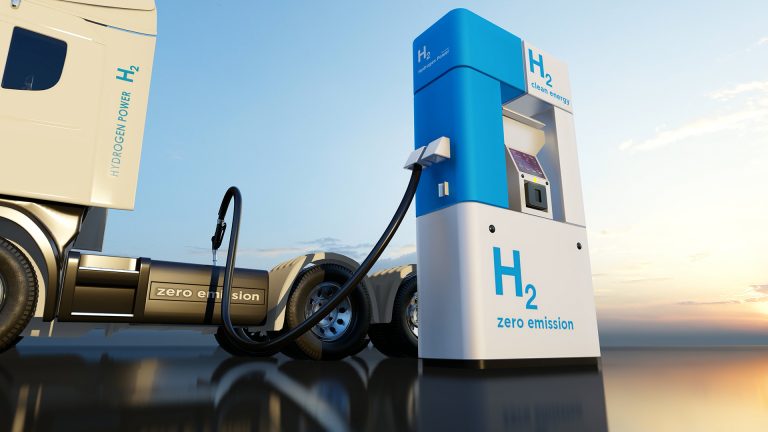EMSA has published a report which analyses hydrogen’s main characteristics to frame which safety hazards, system threats and risks to be considered and mitigated when using hydrogen as ship fuel.
The purpose of the report is to assist the industry and the regulators towards a safe and harmonised deployment of this relevant technology that could demonstrate an important step towards decarbonisation of the sector. According to EMSA, hydrogen, when used as ship fuel, presents the following significant safety hazards and risks due to its unique properties:
Hydrogen’s wide flammability range and lower ignition energy compared to methane make it highly flammable and prone to more severe explosions. Its higher burning velocity can escalate explosions into detonations, posing greater risks than natural gas.
The low boiling point of hydrogen complicates its storage and distribution. Managing boil-off gas and preventing the condensation of gases like nitrogen and oxygen are critical to avoid equipment malfunction and potential explosion hazards.
Hydrogen’s low density causes it to rise and disperse quickly in open environments. In confined spaces, such as within a ship, it can accumulate in high spots, increasing the risk of ignition from sources like ceiling lights. Designing safety measures, such as gas detectors and ventilation systems, must account for hydrogen’s density and behavior in leak scenarios.
High-pressure storage of hydrogen (250-700 bar) creates potential energy that, upon release, can cause significant pressure effects even without combustion. Sudden releases from high-pressure systems can ignite spontaneously, posing immediate risks to personnel and equipment.
Hydrogen releases in confined ship spaces amplify explosion pressures rapidly, potentially damaging structures and leading to further leakage. Leakages of liquefied hydrogen (LH2) can induce cooling effects that compromise gas-tight integrity and safety equipment function, further complicating emergency responses.
Hydrogen can adversely affect metal properties through embrittlement, reducing structural integrity. Condensed oxygen-enriched air can increase material flammability upon contact, necessitating careful material selection and design considerations.
EMSA notes that significant hydrogen leakages pose risks of asphyxiation due to oxygen depletion, alongside risks of frostbites and burn injuries due to low temperatures and reduced flame visibility.
Tags: EMSA, Hydrogen, Natural Gas, Ships



Recent Posts
Robert Allan Ltd. to Design Fully Electric AmpRA 3600 Tug for Tianjin Port
U-Ming Marine Conducts First Bunkering of FAME B24 Biofuel
DNV Validates Electric Hydrogen’s HYPRPlant for Safety, Efficiency and Commercial Readiness
Nepal Eyes Green Hydrogen Future with Policy Push and Hydropower Potential
India Tests First Hydrogen-Powered Rail Coach at ICF Chennai
Scandlines Nears Delivery of Zero Emissions Ferry Following Successful Sea Trials
India faces emission roadblocks with rising net-zero demands
Green Energy Resources invests in two electric Liebherr LHM 550